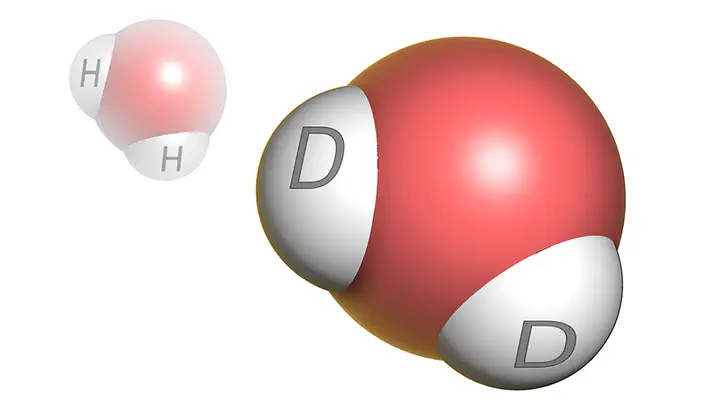Three- and four-site models for heavy water: SPC/E-HW, TIP3P-HW, and TIP4P/2005-HW

Abstract
Heavy water or deuterium oxide, D2O, is used as a solvent in various biophysical and chemical experiments. To model such experiments with molecular dynamics simulations, effective pair potentials for heavy water are required, which reproduce the well-known physicochemical differences relative to light water. We present three effective pair potentials for heavy water, denoted SPC/E-HW, TIP3P-HW, and TIP4P/2005-HW. The models were parameterized by modifying the widely used three- and four-site models for light water, with the aim of maintaining the specific characteristics of the light water models. At room temperature, SPC/E-HW and TIP3P-HW capture the modulations relative to light water of the mass and electron densities, heat of vaporization, diffusion coefficient, and water structure. TIP4P/2005-HW captures, in addition, the density of heavy water over a wide temperature range.